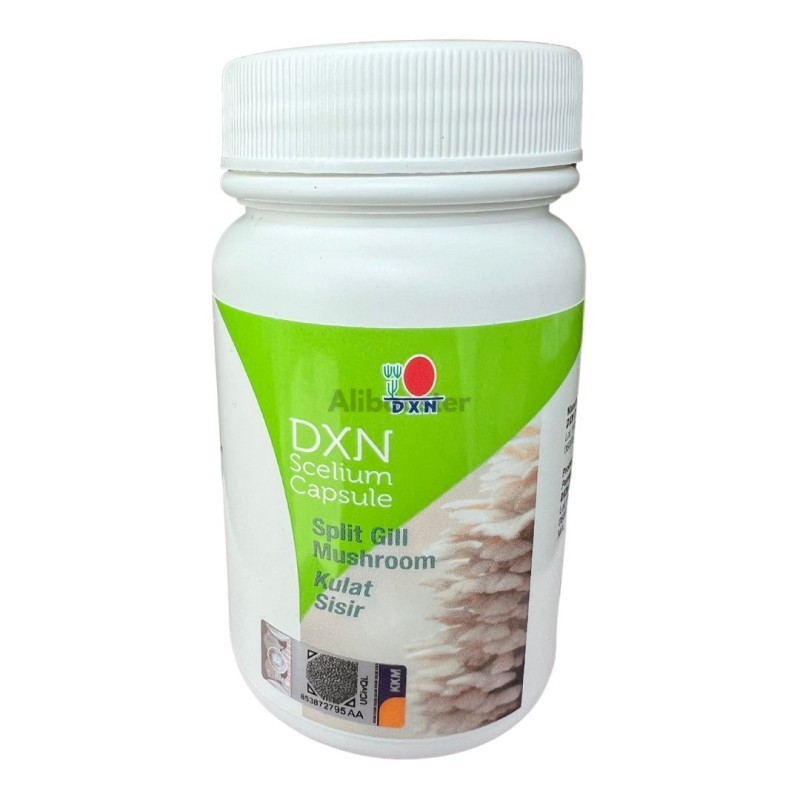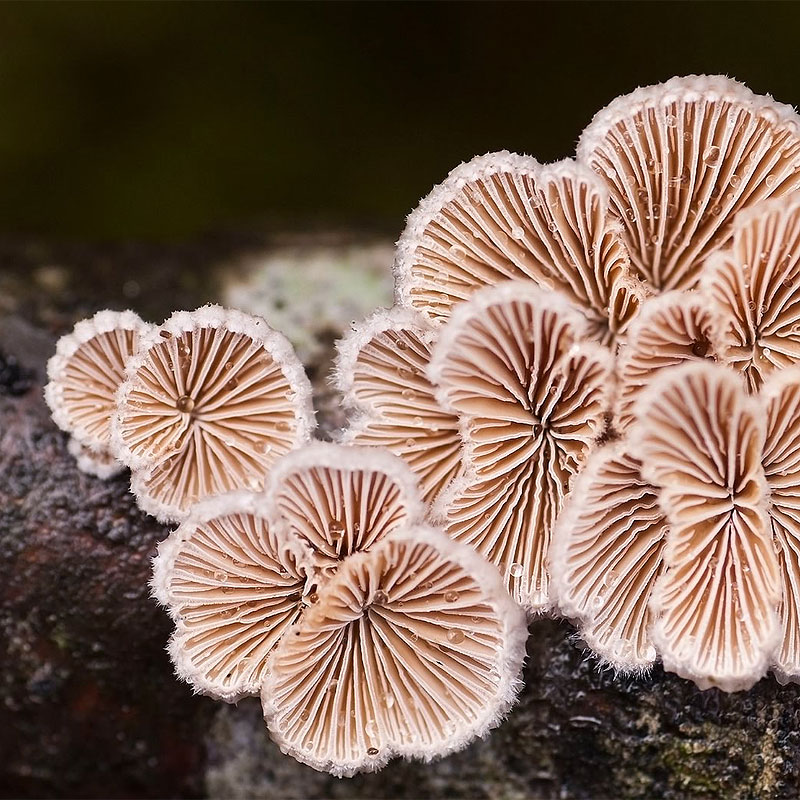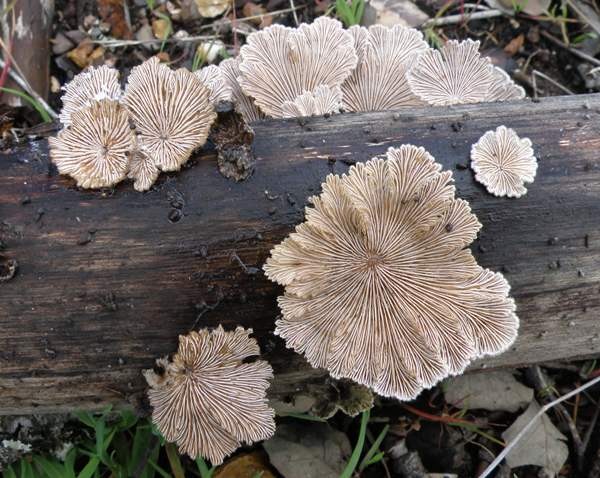




30 capsules of 350mg Scelium Schizophyllum, also called "Split Gill" or"Sugikikurage" in japanese.
Like Schizophyllum consists of several species of basidiomycete mushrooms, among which the best known is Schizophyllum common. This fungus is spread worldwide and is easily recognizable to its curled appearance and unique texture.
The Schizophyllum commune has lamelles that are divided into two at their end, giving the mushroom its generic name "Schizophyllum" that means "lamelles fendues". It usually has a small hat measuring 1 to 4 cm in diameter, white to brown gray.
It grows on dead wood and branches fallen into decay in forests, sometimes on still alive trees, and can be found on almost every continent, making it one of the most common and widespread mushrooms.

Schizophyllum commune, the most known mushroom of the genus Schizophyllum, is also called under various regional and vernacular names throughout the world. Here are some of these names:
Outside these names, Schizophyllum common can be known under other local appellations in the different regions where it is found, reflecting the specific languages and cultures of these places. These names are often related to the appearance of the fungus or its natural habitat.
Schizophyllum common is studied for several potential medicinal properties, although its uses are less known compared to other medicinal fungi such as reishi or the shiitake.

Although research Schizophyllum commonly promising, many of its potential benefits require further investigation through rigorous clinical trials before being confirmed and recommended for clinical use.
As with all natural remedies, it is important to consult a health professional before starting a new treatment, especially in the presence of existing medical conditions.
Data sheet
Specific References
Your review appreciation cannot be sent
Report comment
Report sent
Your report cannot be sent
Write your review
Review sent
Your review cannot be sent

30 capsules of 350mg Scelium Schizophyllum, also called "Split Gill" or"Sugikikurage" in japanese.